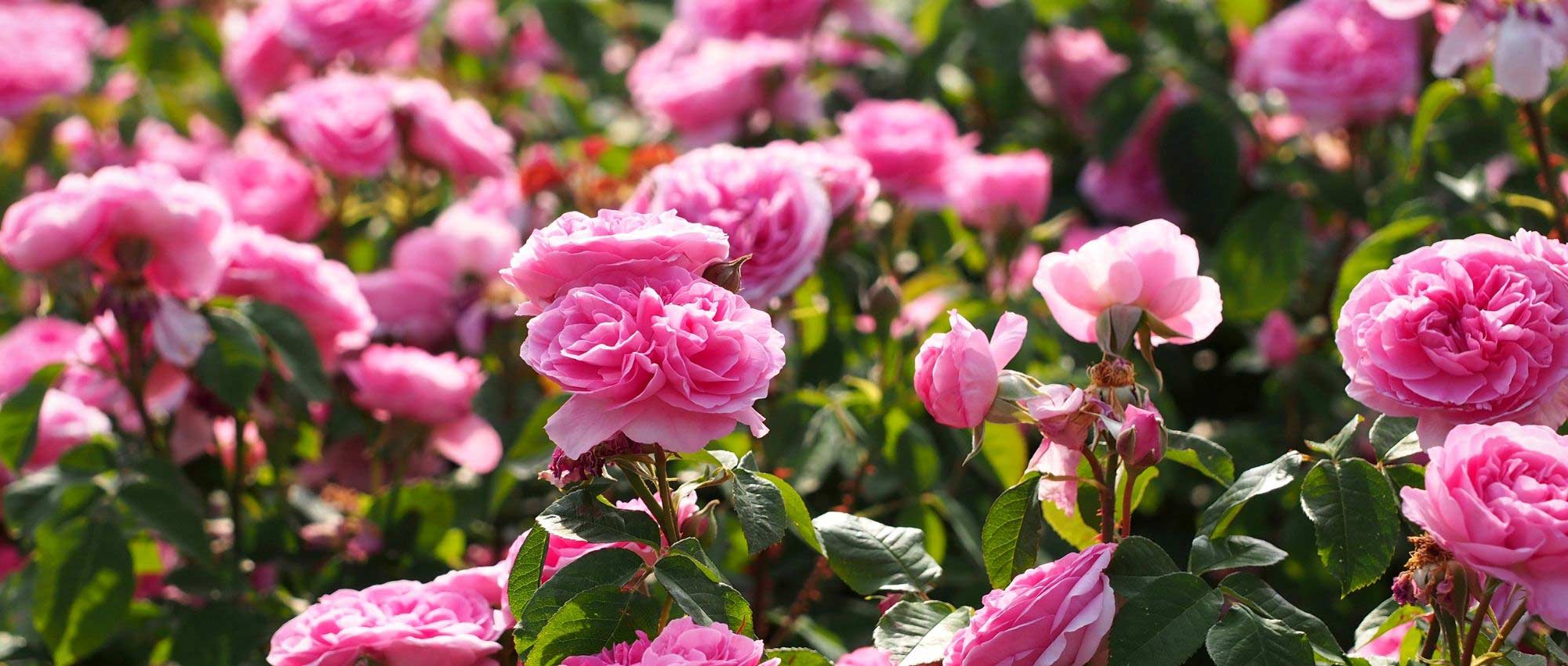
What is a perpetual rose?
Discover its characteristics and all our tips!
Contents
Although this may be confusing, no, a perpetual rose is not a climbing rose!
Term ‘perpetual’ simply denotes a variety that flowers again several times during the year. Moreover, term ‘perpetual’ is often used for other plants.
In general, flowering begins in spring then continues in successive waves until first frosts. Perpetual roses are therefore appreciated for their long flowering, which can last from May–June through to October!
Modern roses are generally perpetual, whereas old varieties generally flower only once, in spring.
In the 18th century, roses from China, Rosa chinensis, which had the particularity of being perpetual, were imported into Europe. It was then cross-breeding and hybridization with these roses that made it possible to obtain modern perpetual varieties.
Hybrid tea roses (bush roses with large solitary flowers), Polyantha and Floribunda roses with clustered flowers, English roses, as well as climbing roses (unlike liana roses), are perpetual.
Some varieties of perpetual roses
Perpetual roses are numerous; here is a selection of our favourite varieties:

Rosa Pierre de Ronsard - Climbing Rose
- Flowering time July to November
- Height at maturity 2 m

Rosa Gertrude Jekyll - English Rose
- Flowering time June to November
- Height at maturity 1,20 m

Rosa x chinensis 'Mutabilis' - China Rose
- Flowering time June to November
- Height at maturity 1,70 m

Rosa 'Madame A. Meilland' - Peace Rose - Hybrid Tea Rose
- Flowering time July to November
- Height at maturity 90 cm
How to make a perpetual rosebush rebloom?
To encourage your climbing rose to reflower well, we recommend regularly removing faded flowers. Indeed, this encourages the bush to produce new flowers, rather than wasting energy producing seeds! In the garden, in practice, as soon as you notice faded flowers, cut just above the last pair of leaves before the flower. You can also take the opportunity to remove dead or dried-up branches.
To care for your perpetual rose, we also recommend carrying out pruning at the end of winter, preferably in February–March. This pruning will improve its flowering and help it retain a compact habit. Note that, by contrast, roses that are not perpetual are usually pruned in summer, after flowering.
Discover also our video tips on pruning modern roses:
Discover other Roses
View all →Available in 0 sizes
Available in 2 sizes
Available in 1 sizes
Available in 2 sizes
Available in 2 sizes
Available in 2 sizes
Available in 3 sizes
Available in 2 sizes
- Subscribe!
- Contents

































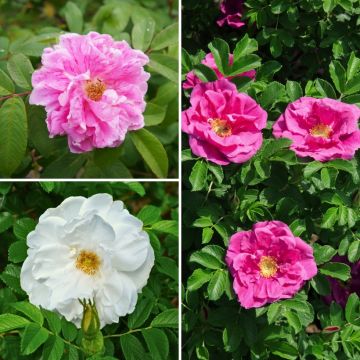

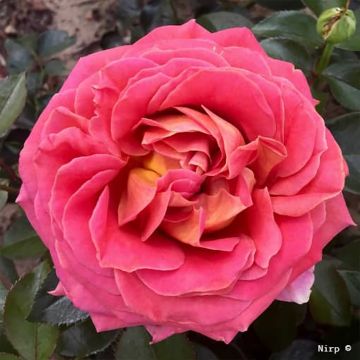



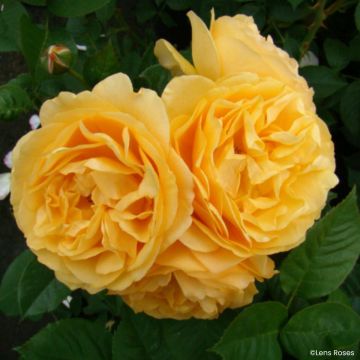
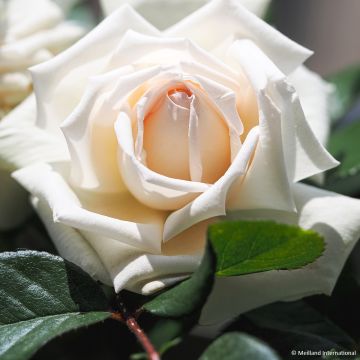
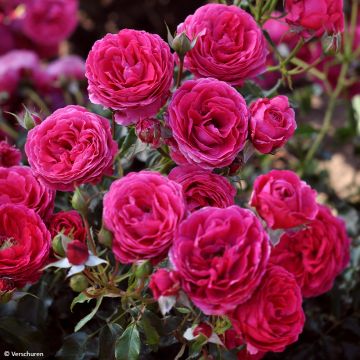
Comments